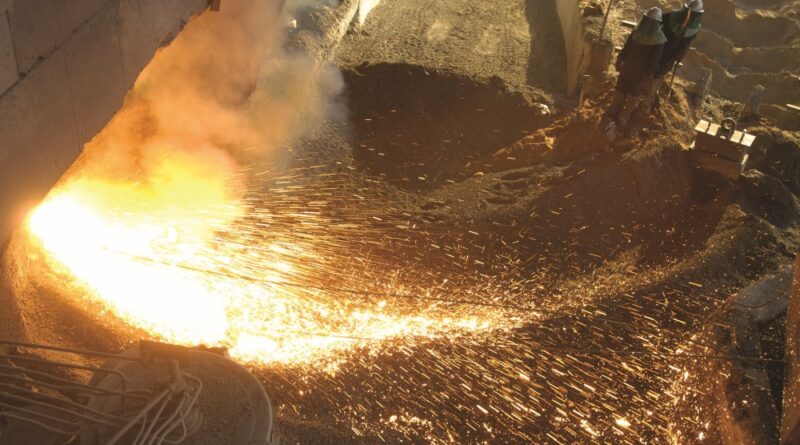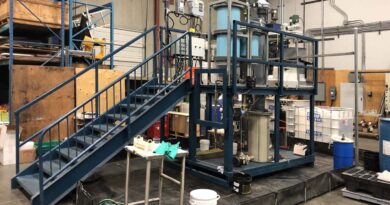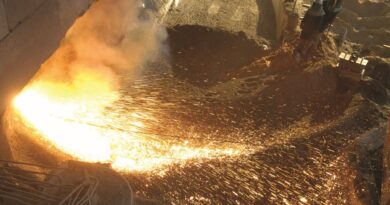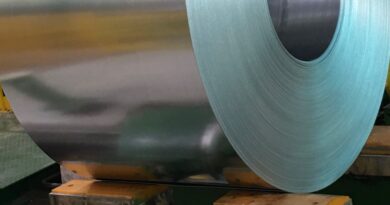China changes export taxes for ferroalloys
Chinese Ministry of Finance has publicized changes to duties on some steel products that came into effect from 1 May 2021. The changes include removal of the 5% lower provisional export tax on ferrosilicon, where the set 25% export tax will apply, as well as a 5% increase in provisional export taxes for ferrochrome. Furthermore, the import tariff on low-carbon ferrochrome has provisionally been removed.
Whereas China is one of the top exporters of ferrosilicon (for both greater than and less than 55% trade tariff HS codes), China is not a significant exporter of high-carbon (> 4% C) ferrochrome, which the country sources from nearly all producing regions to meet domestic stainless steel demand. For low- and medium-carbon (< 4%) ferrochrome, China has been a key producer but the export market is also relatively low, says Roskill.
China usually updates provisional duty rates (rates imposed for a certain amount of time that supersede the base rate) for certain imported goods in order to boost imports and meet domestic demand.
For ferrosilicon, the lower 20% provisional export tax has been in force for around four years and the move to increase back to 25% goes against the expectations that taxes would be on a decline. Roskill believes the move supports the narrative that China is approaching its peak crude steel output and the news is in line with the country’s 14th Five-Year Plan to supporting the domestic reduction of crude steel production, guiding the steel industry to reduce the total amount of energy consumption, and promoting the transformation and upgrading of the steel industry and high-quality development.
Ferrosilicon is amongst the most energy-intensive alloys to produce and ferrosilicon output in China has been declining since its peak in 2011. The decline has been in part related to a reducing silicon intensity in steel but also due to a growing volume of silicon units sourced from silicomanganese alloys. China occupies the majority of the second and third quartile of the ferrosilicon cost curve on an ex-plant basis, while accounting for 65-66% of supply since 2015. A higher export tax for ferrosilicon will certainly be a contributor to reducing energy consumption across the alloy sector in China.
according to Roskill, China has become the largest ferrochrome producer since 2012 and the country’s ferrochrome industry has benefitted from access to cheap South African ores, which together with rising electricity prices in South Africa has vastly improved China’s cost position over the last decade.
While China is still reliant on importing ferrochrome to meet demand, the higher export tax could act as a further deterrent for producers to review their growing competitiveness on the export market against a struggling ferrochrome industry elsewhere.




